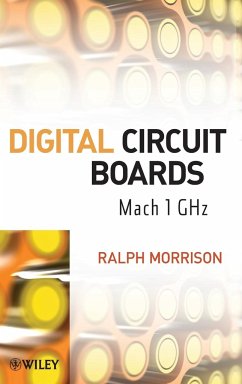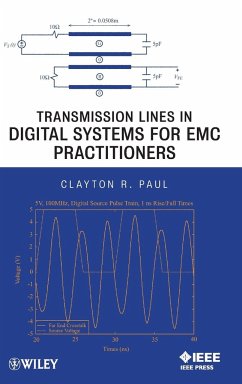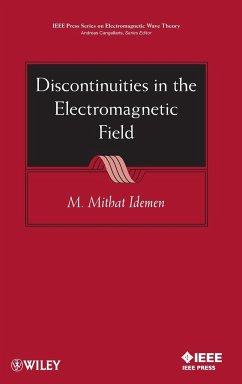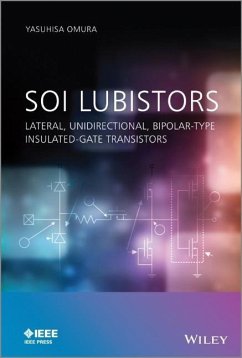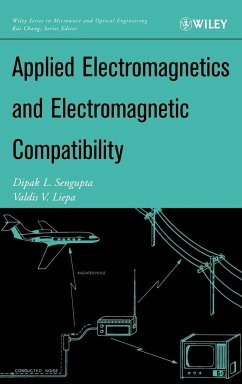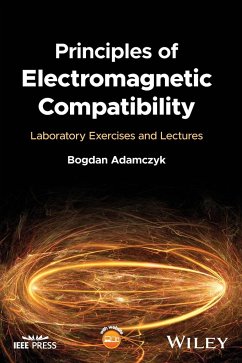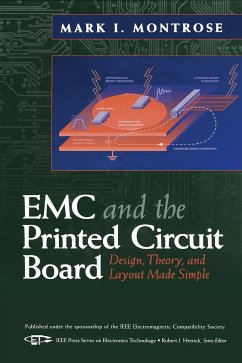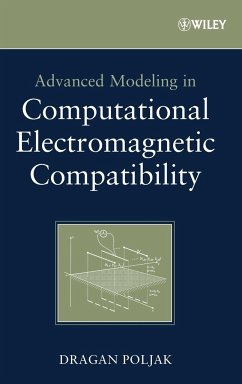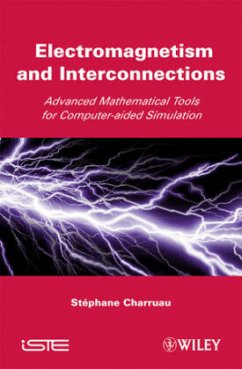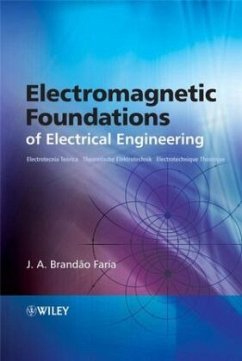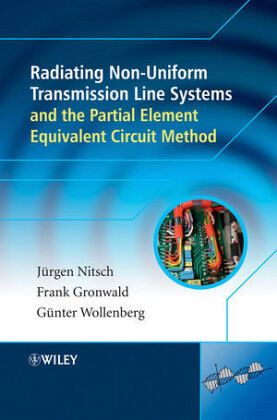
Radiating Nonuniform Transmission-Line Systems and the Partial Element Equivalent Circuit Method

PAYBACK Punkte
64 °P sammeln!
Durch immer schnellere Übertragungsgeschwindigkeiten sind Leitungen immer anfälliger gegen elektromagnetische Unverträglichkeit und Störungen durch Abstrahlungseinflüsse. Mit der Erforschung von nicht-paralleler Leitungsanordnungen soll dies der Vergangenheit angehören.
----------------------------------------
High speed, high frequency communications generate increased radiation levels, and practical solutions to this problem are in heavy demand. At the research level, classical EMC theory has been extended to non-parallel transmission lines addressing the increased radiation emitted at high frequency transmissions. Transmissions from antennae in the region of GHz can result in EM interference with aircraft electronic circuitry and potentially pose a health risk to humans. EMC and Non-uniform Transmission Lines will provide comprehensive coverage of both classical and non-parallel transmission line theory, surveying the most up-to-date research and current thinking in the field. The scope also spans EMC topology, used to describe very complex systems by analysing the EM interactions between the various components.
----------------------------------------
High speed, high frequency communications generate increased radiation levels, and practical solutions to this problem are in heavy demand. At the research level, classical EMC theory has been extended to non-parallel transmission lines addressing the increased radiation emitted at high frequency transmissions. Transmissions from antennae in the region of GHz can result in EM interference with aircraft electronic circuitry and potentially pose a health risk to humans. EMC and Non-uniform Transmission Lines will provide comprehensive coverage of both classical and non-parallel transmission line theory, surveying the most up-to-date research and current thinking in the field. The scope also spans EMC topology, used to describe very complex systems by analysing the EM interactions between the various components.



